Lucerne, Switzerland is a beautiful and exciting place to visit with kids. With its stunning alpine landscape and quaint atmosphere, Lucerne offers plenty of activities for children of all ages. From exploring the historic Old Town to visiting one of the many museums or taking a boat ride across Lake Lucerne, there are plenty of fun things to do that will keep your family entertained during your stay in this picturesque city.
In addition to the attractions within walking distance from downtown Lucerne, there are also several nearby day trips that can be taken by car or train such as Mt Pilatus and Mt Rigi. Whether you’re looking for outdoor adventures like hiking or biking trails, cultural experiences like touring castles or traditional Swiss villages, or just some quality time together as a family at one of the local parks - Lucerne has something special waiting for everyone! Read on to find out more about what this amazing city has in store for families who visit with their kids!
See the Lion Monument
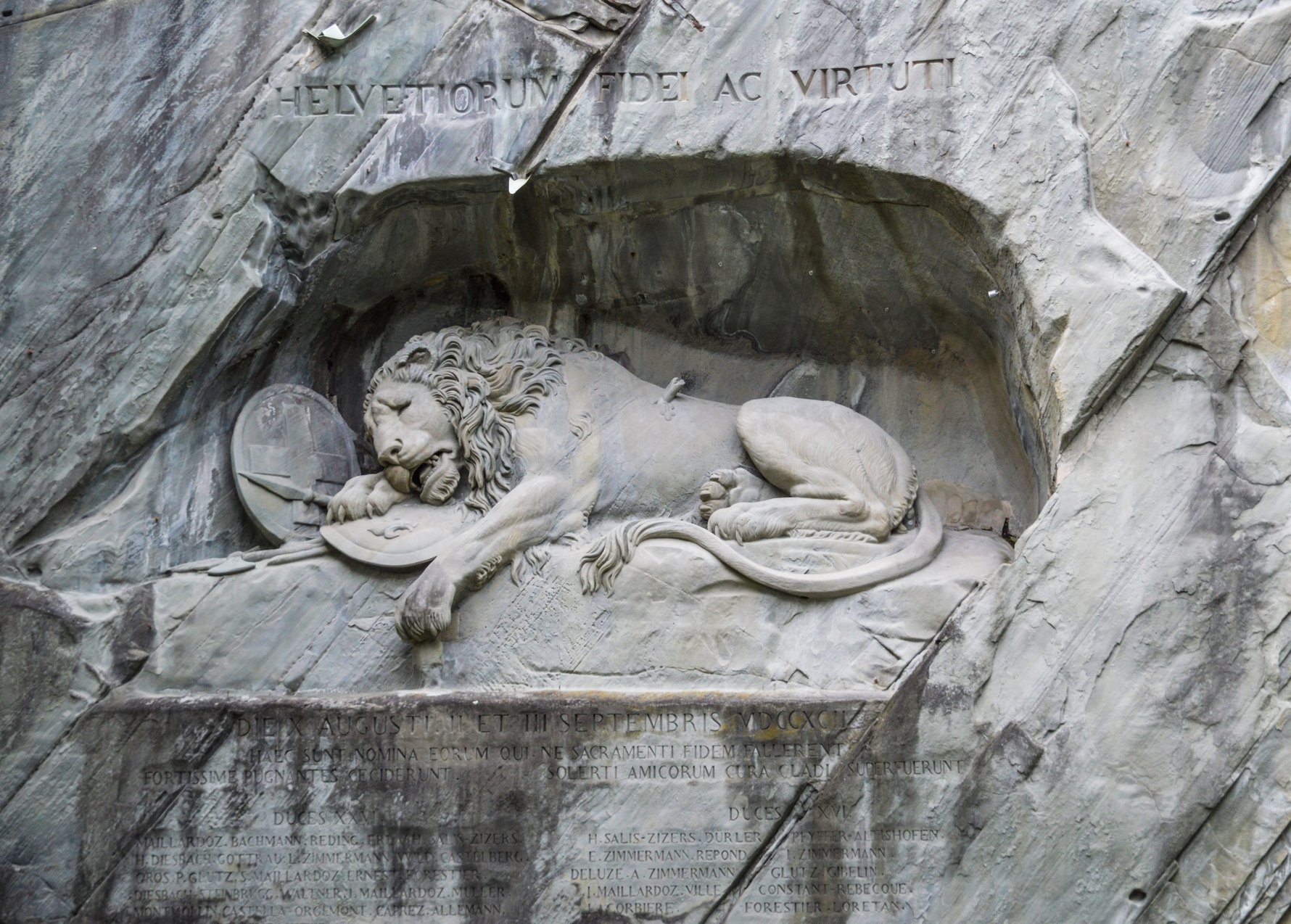
While it is famous today, the Lion Monument (Löwendenkmal) enjoyed great fame in the 19th century and harks back to a very different era, when nation states were just emerging in Europe. The stone sculpture dates from 1821 and was created by Lukas Ahorn to a design by Berthel Thowaldsen. It shows a dying lion, in an allegory for over eight hundred Swiss mercenaries who died in service in 1792. They belonged to the Swiss regiment which served French king Louis XVI, and were defending the Tuileries in Paris where the French royal family were living during the French revolution against revolutionaries. The royal family had long since fled, so the mercenaries were defending an empty palace. The inscription gives the names of the officers killed and the approximate numbers of soldiers.
Visit Glacier Garden of Lucerne
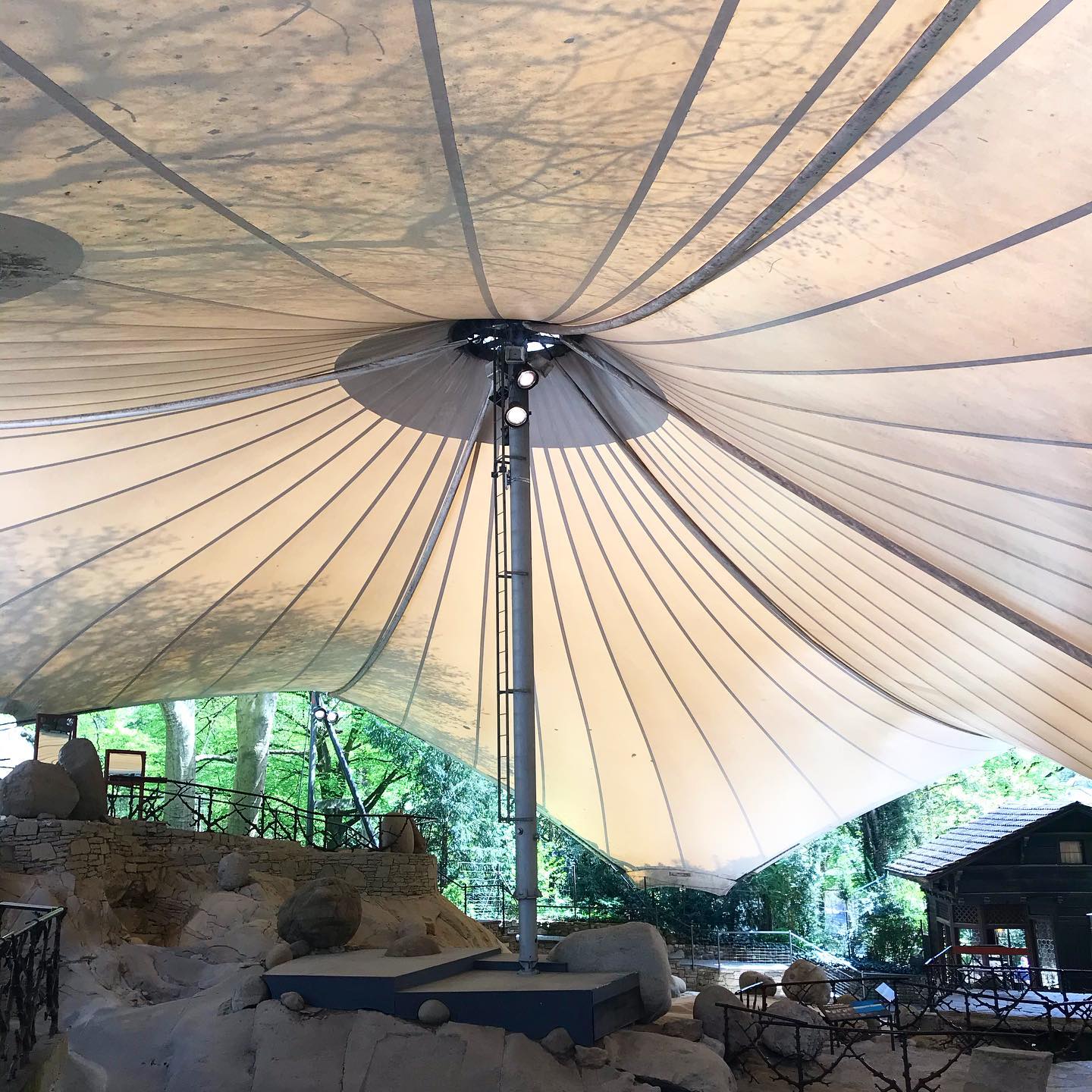
Gletschergarten means glacier garden, and this Lucerne institution consists of three elements: a geological site formed by a glacier, a museum next door and a mirror maze dating from 1896. This quaint jumble of attractions is very 19th century, making this museum a museum piece in itself. The geological site is a set of deep funnels and channels worn into the bedrock by the glacier that once covered this area. There is a museum and a mirror maze, however in winter 2019/20 the museum and the mirror maze are closed for reconstruction. The geological site remains open, admission is half the price (7.50/4Sfr).
Walk on the Chapel Bridge
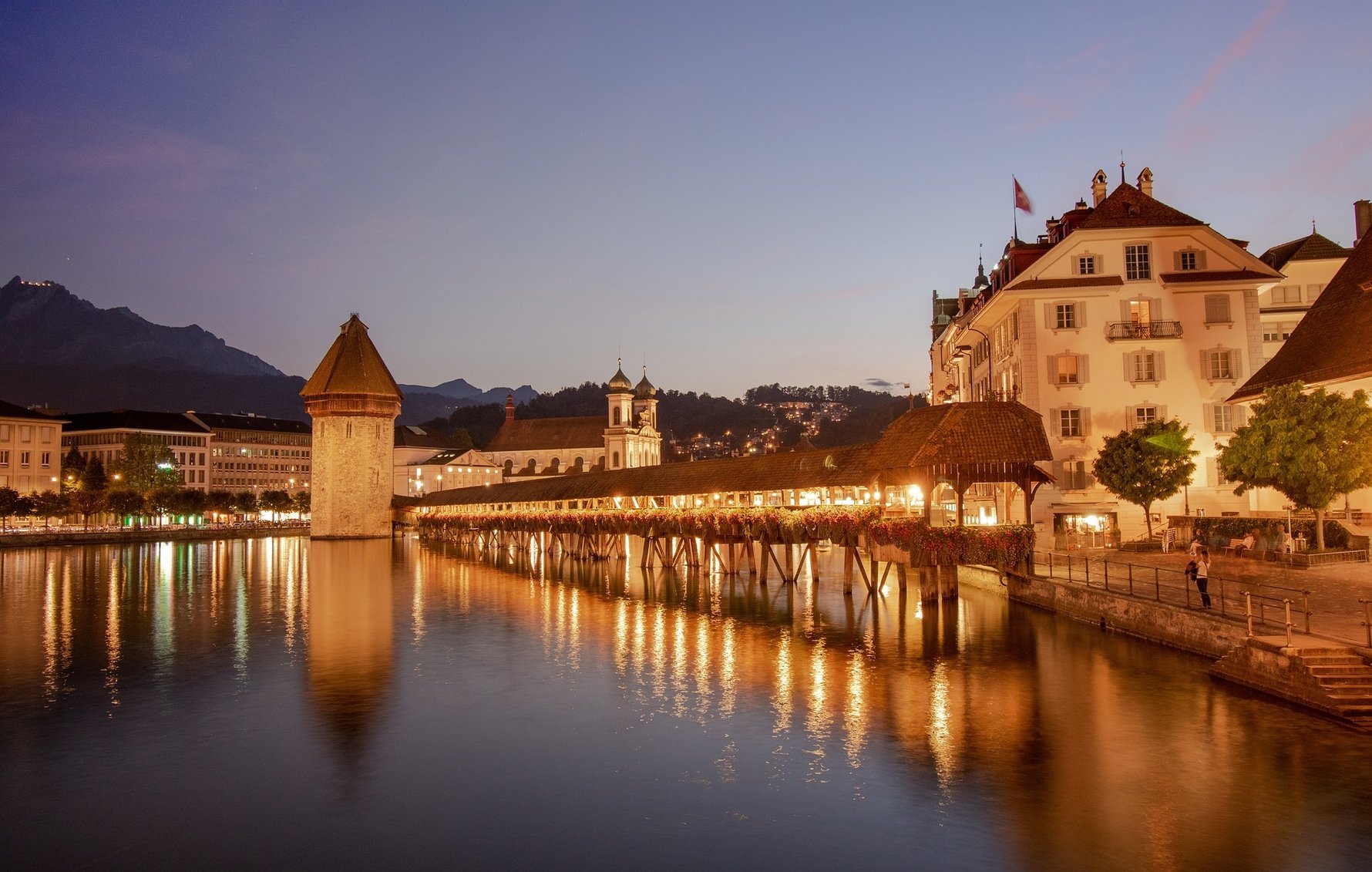
Lucerne's most famous landmark is certainly the Chapel Bridge (Kapellbrücke), which stretches across the entrance to the River Reuss (over nearly 203 metres) in a peculiar diagonal direction. Built in 1365 as part of Lucerne's fortifications, it is the oldest covered wooden bridge still standing in Europe. Part of its fame is due to the originally more than 150 triangular paintings positioned inside the bridge in the gabels. The paintings date from the 17th century and show scenes from Lucerne's and Switzerland's history, and they can be seen as a mass media of the time, used to advocate allegiance to Catholicism during the Counter-Reformation. In 1993 a fire destroyed a large part of the bridge (towards the centre) including 78 of the paintings. When you walk across the bridge you will see burned, blackened paintings on either end which mark the point where the restored parts begin. The Chapel Bridge is really only complete with the octagonal Wasserturm, literally the 'water tower', which stands in the water next to it. Built before the bridge (i.e. before 1365), the Wasserturm was part of Lucerne's military fortifications and was also used as a dungeon. It is seldom accessible to the public.
Natur-Museum Luzern
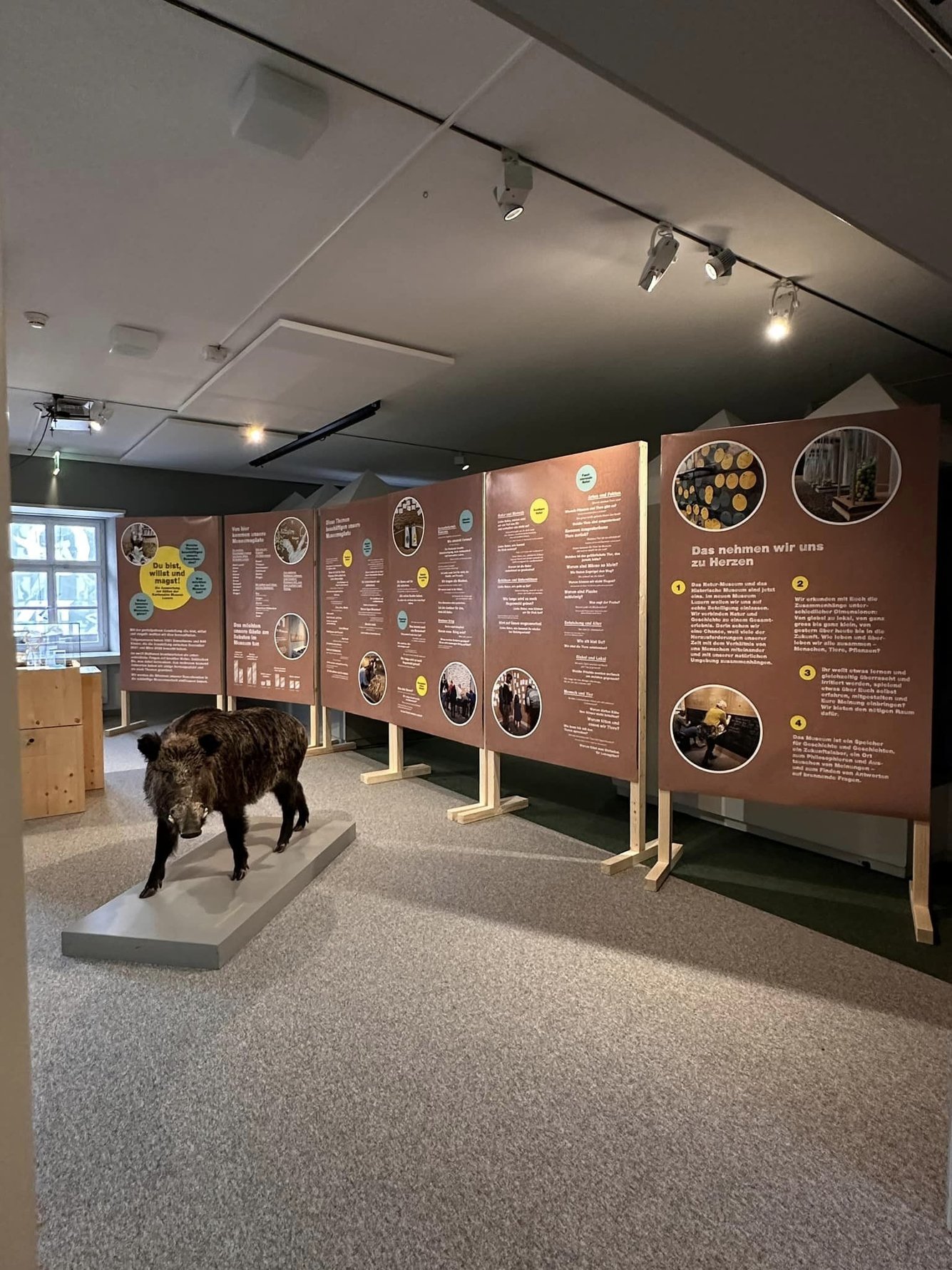
Natur-Museum Luzern is a natural history that features exhibits on a wide range of topics, including geology, botany, zoology, and the natural history of the local area. Visitors can learn about the diverse flora and fauna of Switzerland, as well as the geological formations that have shaped the region over millions of years. The museum also features interactive exhibits and hands-on activities designed to educate and engage visitors of all ages. Natur-Museum Luzern is a great place for families and individuals interested in learning about the natural world, and offers a fascinating glimpse into the rich history and biodiversity of Switzerland.
Lake Lucerne boat trip

The Lake Lucerne navigation company operates a fleet of 20 passenger ships on the lake, from the paddle steamer Uri launched in 1901 to the sleek high-tech cruiser Diamant which dates from 2017. You can catch a ship for the 10-minute hop across to the Transport Museum, or spend up to 5.5h on a roundtrip cruise to Flüelen and back. Boats leave regularly from the piers around the KKL or from the piers on Schweizerhofquai, even in winter. Snacks and drinks are available from the bar on almost all connections (except the very earliest), and on many the restaurant offers full meals.
Visit Swiss Museum of Transport

The Swiss Museum of Transport is Switzerland's most popular museum. It tells the story of the development of transport and mobility by road, rail and water as well as in the air and outer space - and how it affects everyday life. Look at more than 3,000 objects like planes, steam engines and cars in the huge halls. In the Swissarena you can walk around on an aerial photograph of Switzerland with a scale of 1:20,000 - or be a TV presenter for a couple of minutes in the communication section and take home a recording of your performance. This museum is very much hands-on and in every section there are special activities for children - a good choice for the family not just on a rainy day! A planetarium and the Swiss Chocolate Adventure are on site too.
Roam at Spreuer Bridge
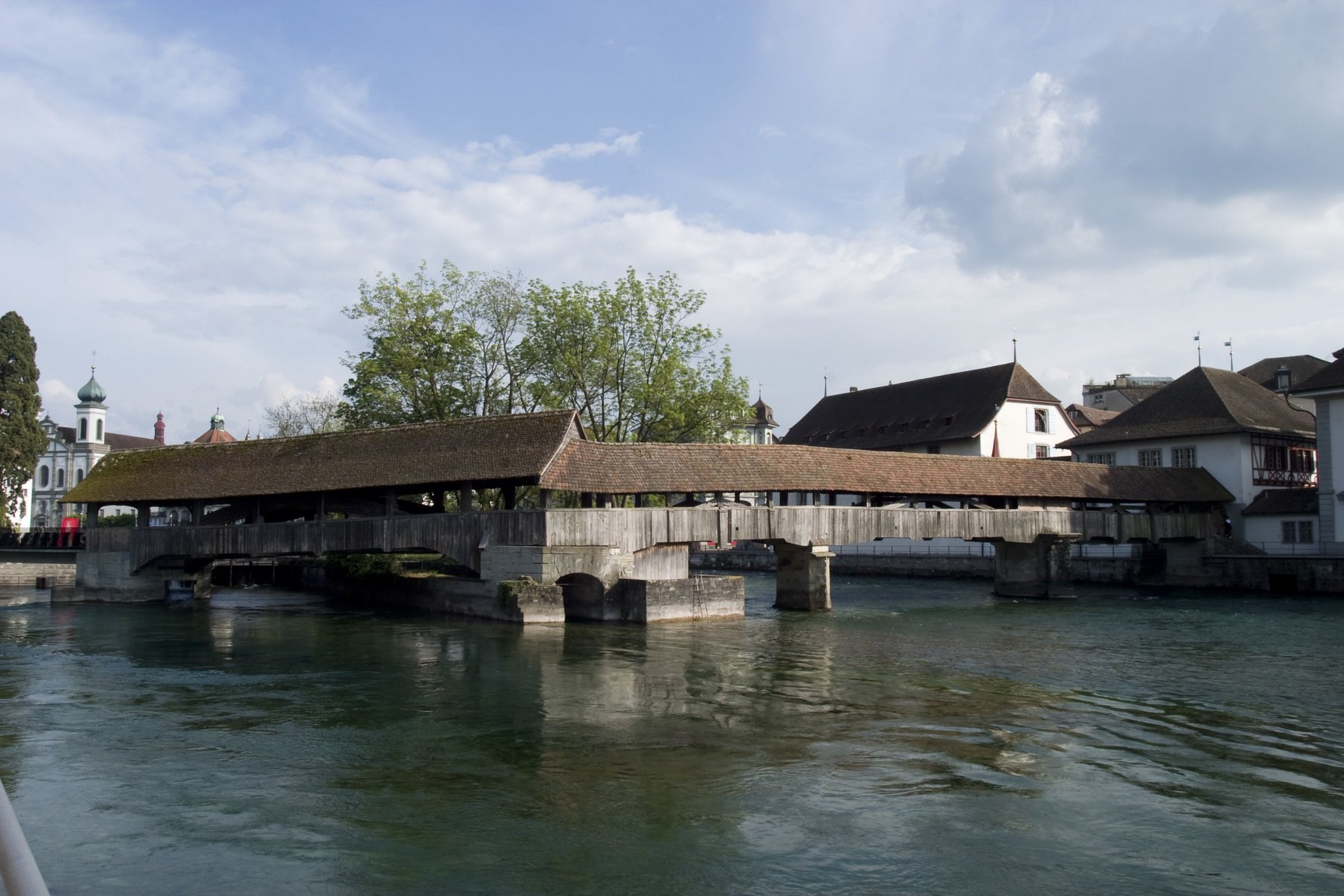
Though overshadowed by its larger counterpart, the Chapel Bridge, the Spreuer Bridge is just as worthy of a visit. Built in the 16th century, it has the same triangular gable paintings as the Chapel Bridge, which are not known anywhere other than in these two bridges. The paintings here depict a danse macabre, reminding the observer of how we are all equal before death, regardless of wealth and standing. They were painted in the 17th Century and are still original, as luckily no fire has devastated the Spreuer Bridge. The name comes from the German spreu meaning chaff (the husk around wheat grains), as this was the only bridge from which one was allowed to throw chaff into the river (being the furthest downstream).


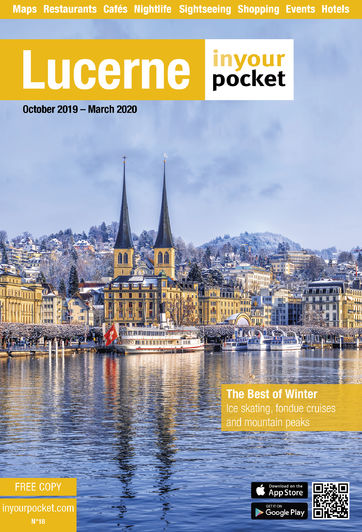


Comments